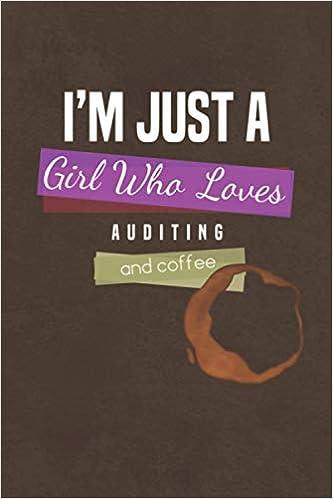
Consider three risky assets A, B and C with E[r] = 7% and o = 8%. The correlation coef- ficients between pairs of assets are as follows: Corr( A, B ) = -0.55; Corr( A, C ) = 0.45. Suppose there is an investor with utility function U = E[r] Ao?, where A = 2. The rate of return for T-bills is rf = 4%. Please answer the following questions. (a) Suppose his entire portfolio is now composed of asset A and he can add only one asset to his portfolio, which one would he choose? If the rate of return for T-bills is 7% now (only in part (a)), will this change your answer? Which asset will the investor choose after the change? Explain. (b) Suppose his entire portfolio is still composed of asset A, and there is another risky asset D with E[rd] = 12% and op = 10%. Compute Sharpe ratios of two risky assets. Which one would be chosen by an investor? A or D? Explain. (c) Suppose the investor would like to invest in risk-free asset and the risky asset you choose in (b), we denote the risky asset as P in this part. Compute the expected return and standard deviation of this complete portfolio. Consider three risky assets A, B and C with E[r] = 7% and o = 8%. The correlation coef- ficients between pairs of assets are as follows: Corr( A, B ) = -0.55; Corr( A, C ) = 0.45. Suppose there is an investor with utility function U = E[r] Ao?, where A = 2. The rate of return for T-bills is rf = 4%. Please answer the following questions. (a) Suppose his entire portfolio is now composed of asset A and he can add only one asset to his portfolio, which one would he choose? If the rate of return for T-bills is 7% now (only in part (a)), will this change your answer? Which asset will the investor choose after the change? Explain. (b) Suppose his entire portfolio is still composed of asset A, and there is another risky asset D with E[rd] = 12% and op = 10%. Compute Sharpe ratios of two risky assets. Which one would be chosen by an investor? A or D? Explain. (c) Suppose the investor would like to invest in risk-free asset and the risky asset you choose in (b), we denote the risky asset as P in this part. Compute the expected return and standard deviation of this complete portfolio







